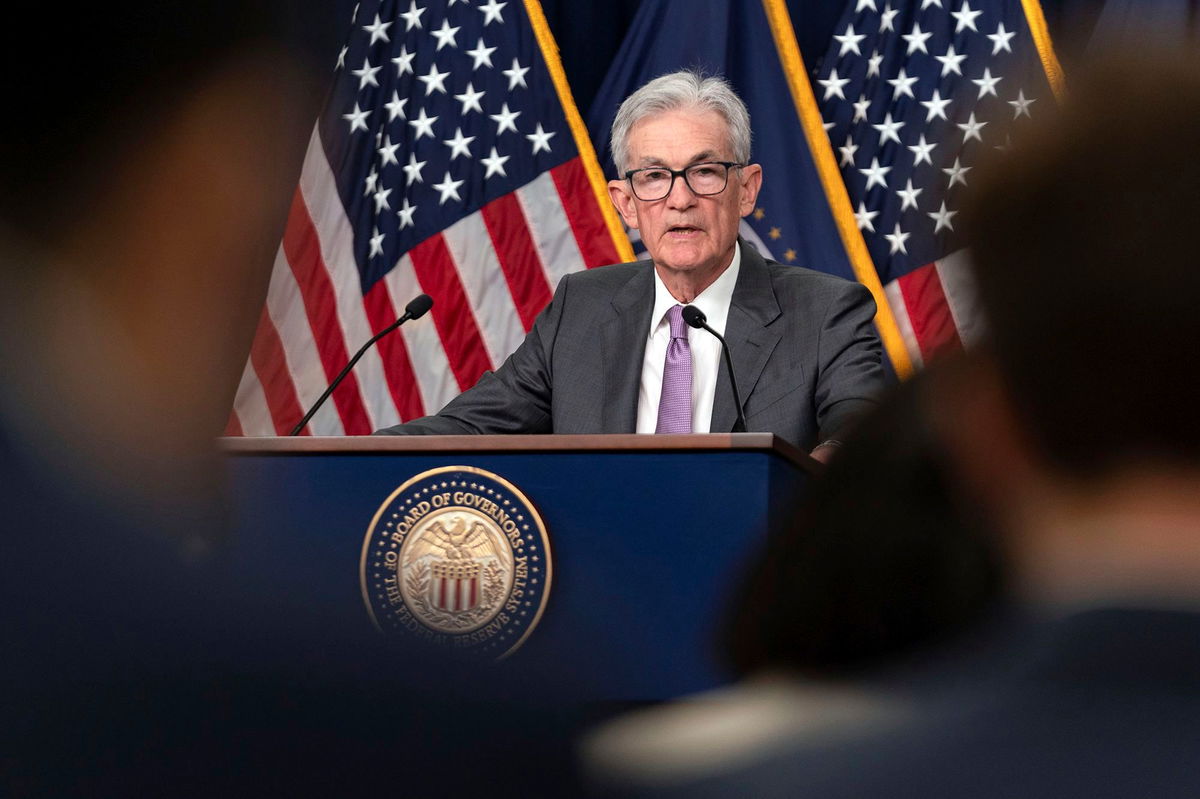So we’re expecting a rate cut. When will we start to see a difference in the economy?

Federal Reserve Chair Jerome Powell is all but certain to cut interest rates this week to relieve pressure across the economy. But that relief comes will come with a big delay.
New York (CNN) — If you’ve been anxiously awaiting financial relief from the Federal Reserve, you are about to get a rude awakening.
After keeping interest rates at a 23-year high for over a year, the Fed is widely expected to announce Wednesday it is finally cutting its benchmark lending rate. And Fed Chair Jerome Powell could very well signal that more cuts could be coming at future meetings.
If that pans out, it’ll be the moment investors spent every waking second of every hour dreaming of since the central bank started raising interest rates in March 2022 to get inflation back in check. Don’t be surprised if all their rejoicing sends stocks to new record highs.
But don’t be fooled: Most Americans will have to squint pretty hard to notice much of a difference from one cut, or even multiple cuts, for at least a year, if not more.
How rate cuts work
Central banks cut interest rates for two main reasons: financial conditions are expected to worsen drastically, or inflation has cooled so much that leaving interest rates at high levels will be overly restrictive and put a drag on the economy. This time around, most economists believe the Fed will cut for the latter reason.
When the Fed wants to relieve pressure across the economy, it lowers what’s officially referred to as its target federal funds rate, which is the interest rate that commercial banks charge each other to ensure they satisfy the required amount of money they need to set aside at all times.
The Fed lowers its target rate by buying more securities, namely Treasury notes and mortgage-backed securities. Banks essentially get a portion of the cash the Fed uses to make the purchase, which leaves them with more money to lend out to customers. When they have more money to lend out, they don’t need to charge such high interest rates on mortgages and other types of loans they offer.
While this is one effect that can be immediately seen, it’s just the tip of the iceberg. The bulk of the impact comes much later.
How rate cuts work their way through the economy
Interest rate levels affect a wide spectrum of decisions that individuals, businesses and the government make.
Simply put: When rates are low, borrowing money is cheaper than when rates are high. In the case of Wednesday’s expected rate cut, businesses may decide it now makes more financial sense to invest in new projects or hire more workers if less of their cash is tied to repaying loans.
Similarly, lower interest rates make it more attractive for consumers to spend money, as opposed to saving it, since the rate they can get for setting aside money in savings accounts goes down. While businesses could respond to the uptick in demand by raising prices, that doesn’t happen overnight after the Fed lowers rates, said Thomas Drechsel, an economics professor at the University of Maryland.
“Think of your Netflix subscription,” he said, “they’re certainly not going to change that every week or every month.” Said differently, if Netflix sees a spike in the number of new subscriptions after the Fed lowers rates, it won’t necessarily be able to respond to the influx of demand by charging higher prices. That’s because, in many cases, businesses are already locked in to contracts with their customers that prevent them from changing their prices immediately, he said.
When the Fed lowers or raises rates, it takes a while for the full effect of those moves to be felt across the economy. Nobel Prize-winning American economist Milton Friedman referred to this as “long and variable lags.”
Drechsel told CNN: “It’s a bit like [the Fed is] steering a big ship, and even though they’re turning the wheel, it takes time until the ship makes that movement.”
The jury is still out on precisely how long that lag is. Some economists think it takes roughly a year, which helps explain why inflation started to cool significantly in 2023, a year after the Fed kicked off its hiking cycle. But Drechsel said based on his research it can take “multiple years until it fully unfolds and until the full effect is baked in to all the data we have on the economy.”
“That doesn’t mean some of the effect isn’t felt early on, but the full transmission takes years,” he said. To make matters more complicated, it could even mean the effects of the Fed’s prior hikes are still working their way through the economy, he said.
The-CNN-Wire
™ & © 2024 Cable News Network, Inc., a Warner Bros. Discovery Company. All rights reserved.